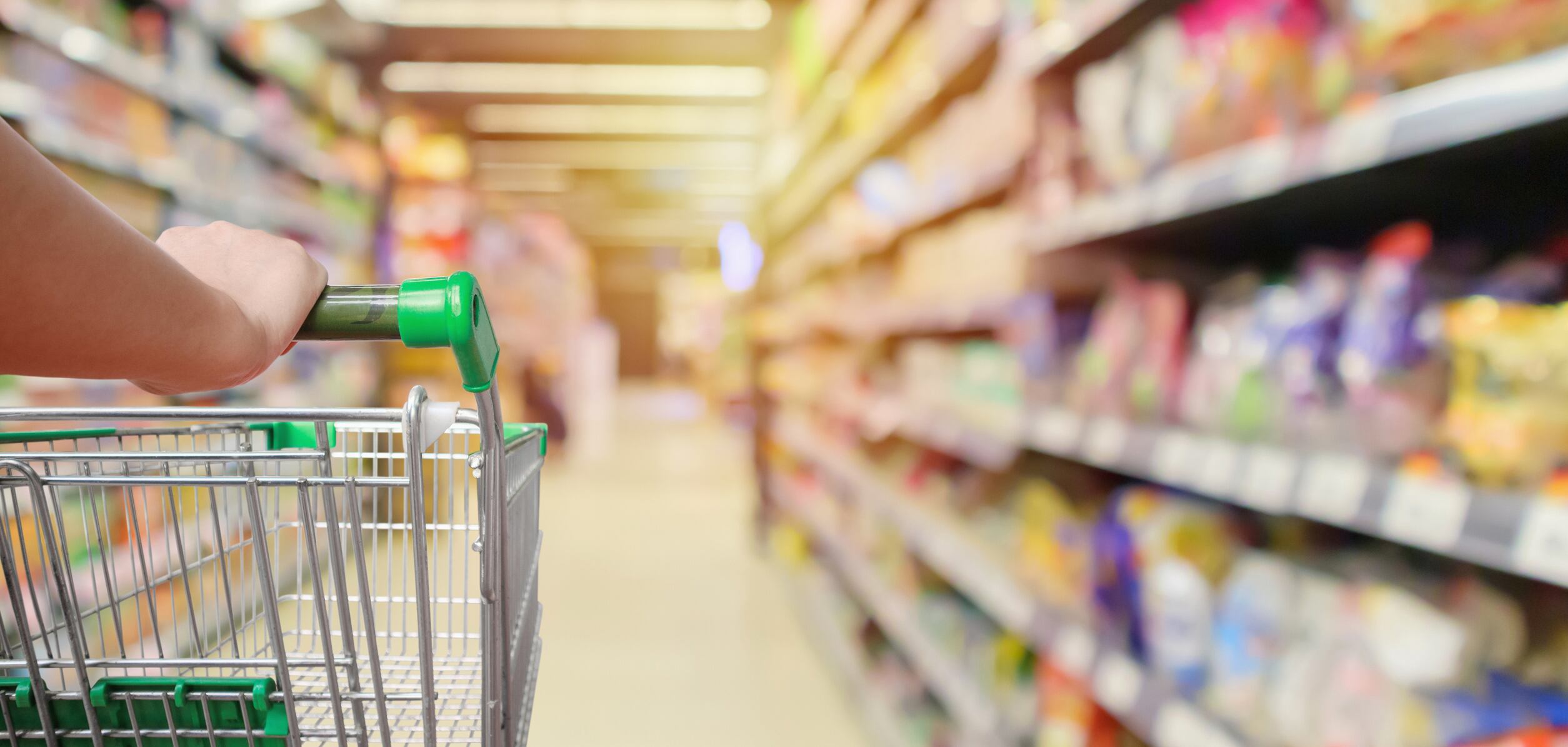In the latest report from the US Bureau of Labor Statistics, the overall consumer price index - a measure of the average change in prices over time of goods and services purchased by US households - was down 0.8% in April, the largest single month decline since 2008.
However, the seasonally adjusted food-at-home index - a proxy for grocery-level inflation - rose 2.6%, driven by price rises across the board, with notable increases in the price of eggs (+16.1%), meats (+3.3%), chicken (+5.8%) and cereals & bakery products (+2.9%) as supply chain disruptions started to impact retail prices.
FAO sugar price index at 13-year low
At the same time, the UN’s FAO Food Price Index, which tracks international prices of the most commonly traded food commodities, was down 3.4% in April, while the sugar price index hit a 13-year low as collapsing oil prices reduced demand for sugarcane to produce ethanol, diverting output to producing sugar and expanding export availability.
The FAO Vegetable Oil Price Index, meanwhile, declined 5.2% in April, driven in part by reduced biofuel demand, declining demand from the food sector and higher-than-expected palm oil output in Malaysia and soy crushing in the US.
The FAO Cereal Price Index declined only marginally, as international prices of wheat and rice rose significantly while those of maize dropped sharply.
Double digit drops in global butter and milk powder prices
While dairy prices rose slightly in US grocery stores, meanwhile, the FAO Dairy Price Index fell 3.6%, with butter and milk powder prices posting double-digit drops amid increased export availability, mounting inventories, weak import demand, and diminished restaurant sales in the northern hemisphere, said the FAO.
The report was released as a coalition of dairy organizations from Argentina, Brazil, Chile, Costa Rica, Ecuador, Guatemala, Mexico, Paraguay, Uruguay and the US expressed fears that EU intervention programs to buy skim milk powder (SMP) and butter would distort world markets and “displace commercial competition just as the world begins to recover from the immediate impacts of the COVID-19 pandemic.”
European Commission ‘must avoid dumping government-purchased SMP and butter on the world market’
The European Commission “must avoid dumping government-purchased SMP and butter on the world market,” added the coalition, which urged the EU to adopt measures to spur consumption within the EU instead.
“Exporting large quantities of government-purchased skim milk powder and butter at below-market rates onto the world market will prolong the deeply challenging environment under which dairy sectors are operating worldwide.”

"The effect of the coronavirus pandemic on the food industry is characterised by contrasting dynamics, which are very often region and product dependent. In some markets, supply may be plentiful at the upstream level of farming and fishing, but the market remains tight and prices firm due to logistical factors, such as port closures or restricted movement.
"Markets that experienced panic-buying behaviour in Q1 2020, are slowly resetting, as some of the initial concerns dissipate. However, it remains to be seen whether there will be a prolonged shift in some of the market fundamentals, as countries emerge from social isolation. For instance, some markets, such as hospitality and catering may remain depressed for many months after official restrictions are lifted, if consumer confidence remains low."
Source: Mintec

While sales growth in several CPG categories has leveled off following a surge in late March, total US CPG instore sales were still up 19.5% year-on-year in the week ending May 2, according to Nielsen.
Several food categories are also showing continued triple digit growth (year-on year) in the week ending May 2, including:
- Oat milk: +271.9%
- Fresh meat alternatives: +227.5%
- Baking powder: +168.9%
- Baking yeast: +128.1%
- Flour: +105.2%
Price gouging
While most reports of price gouging relate to coveted items such as hand sanitizer and face masks, egg producer Cal-Maine Foods was recently hit with a lawsuit in Texas alleging it engaged in price-gouging during the COVID-19 pandemic, allegations it strongly denies.
In a statement on its website dated April 24, the company noted: "Cal-Maine has not exploited this tragic national pandemic for gain... The recent increase in the price of eggs is directly related to unprecedented retail demand, which also occurred during the peak Easter season when demand for eggs is typically high, not the result of price–gouging nor any other improper conduct by Cal-Maine Foods. The company does not sell eggs directly to consumers or set retail egg prices."
In a May 13 blog post highlighting a surge in complaints about price gouging, Amazon VP of public policy Brian Huseman said the firm had deployed "dynamic automated technology to proactively seek out and pull down unreasonably priced offers," but called on lawmakers to pass a federal anti-price gouging law.


